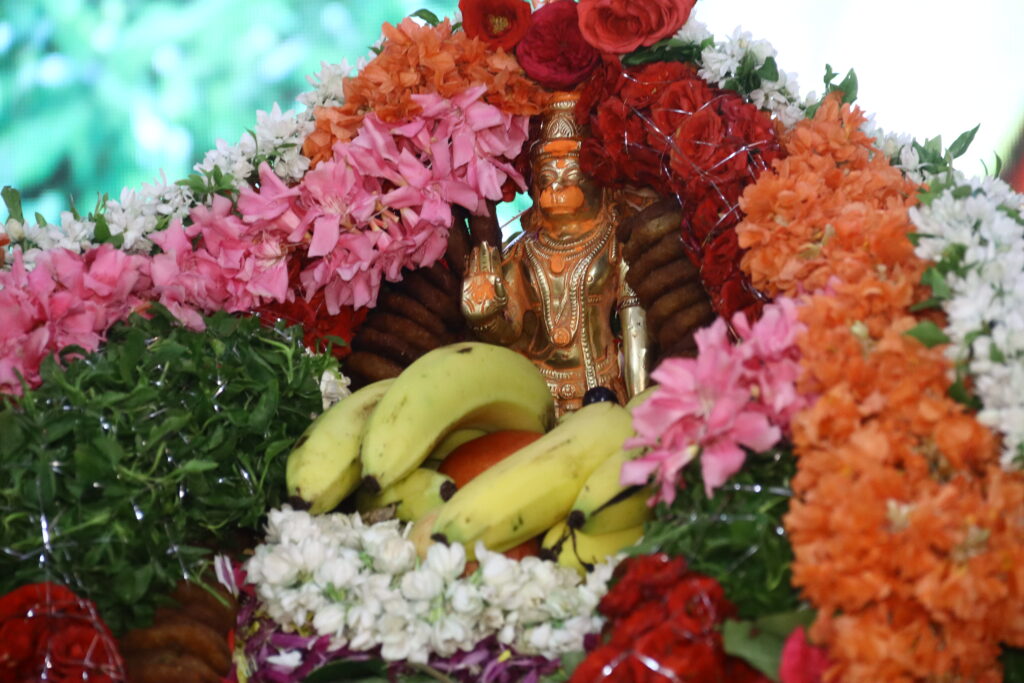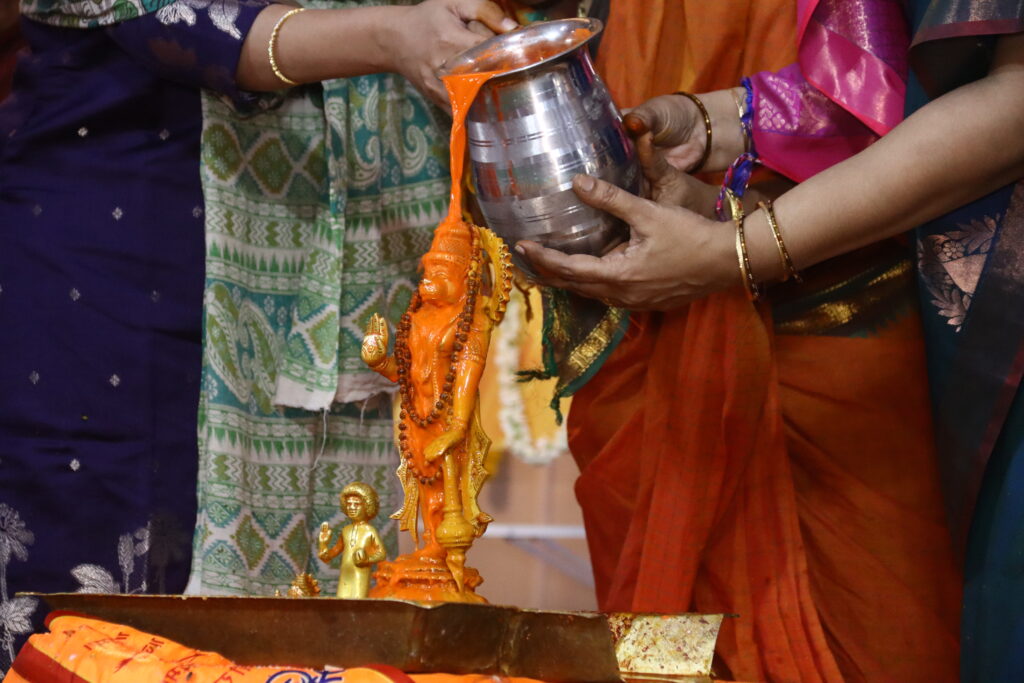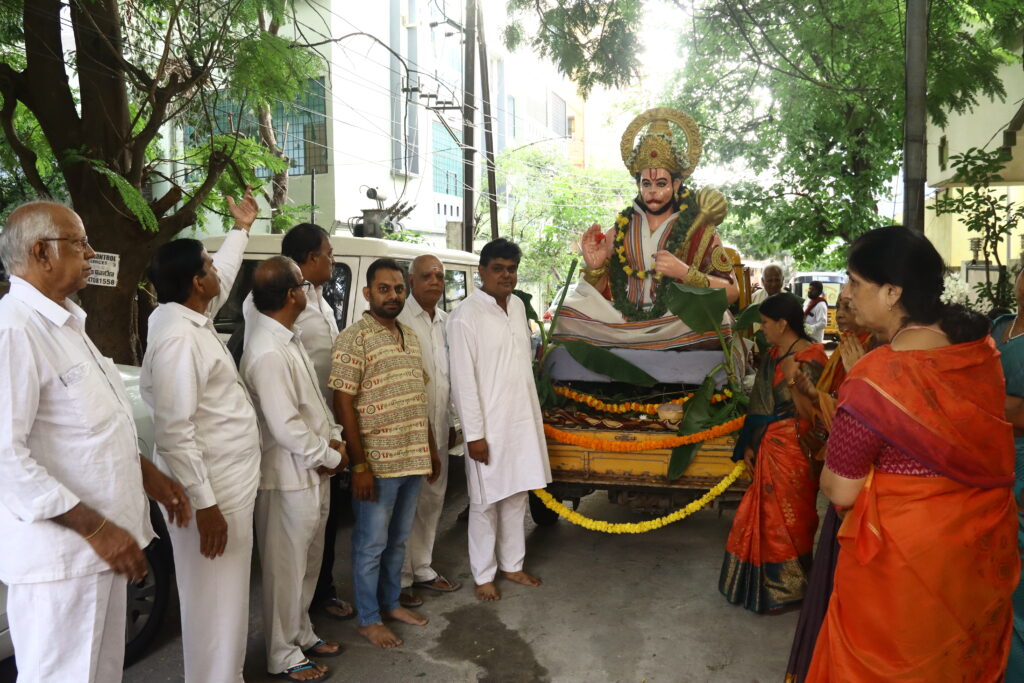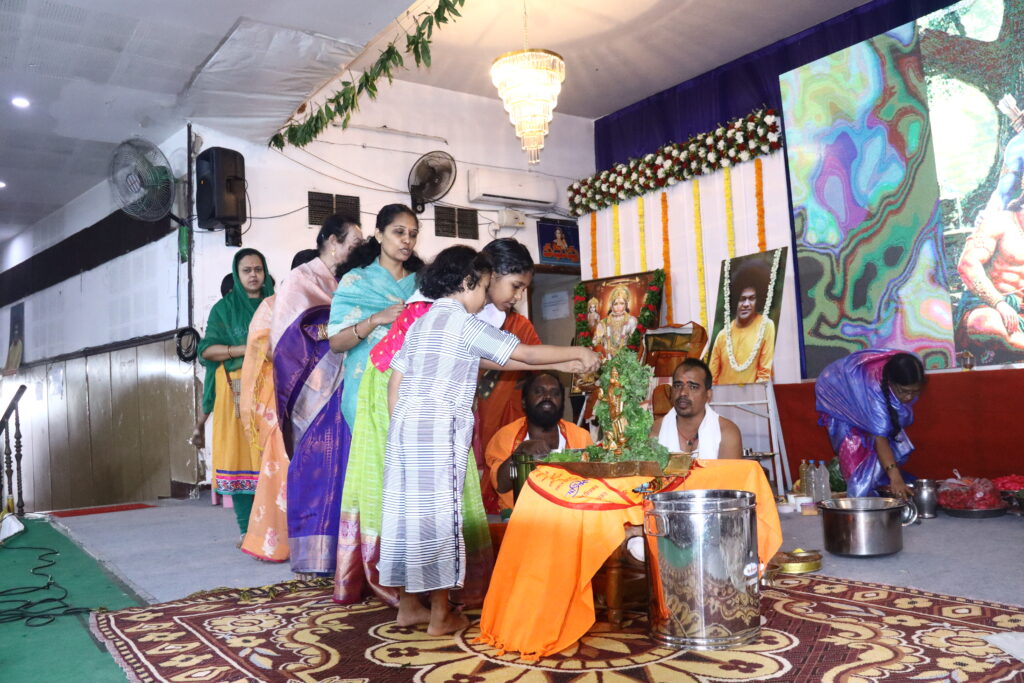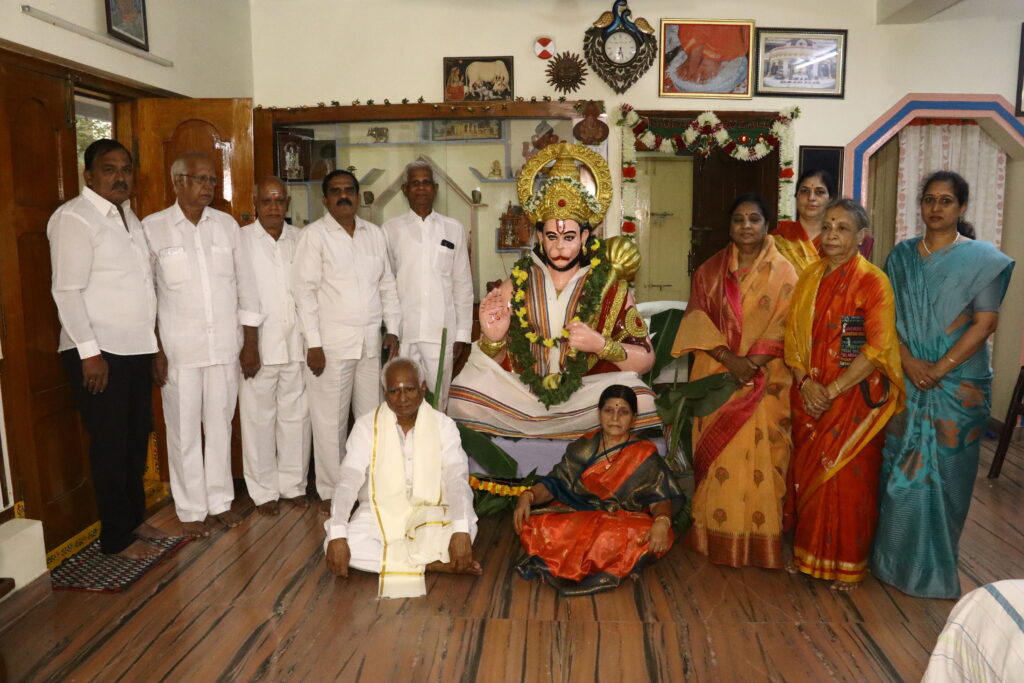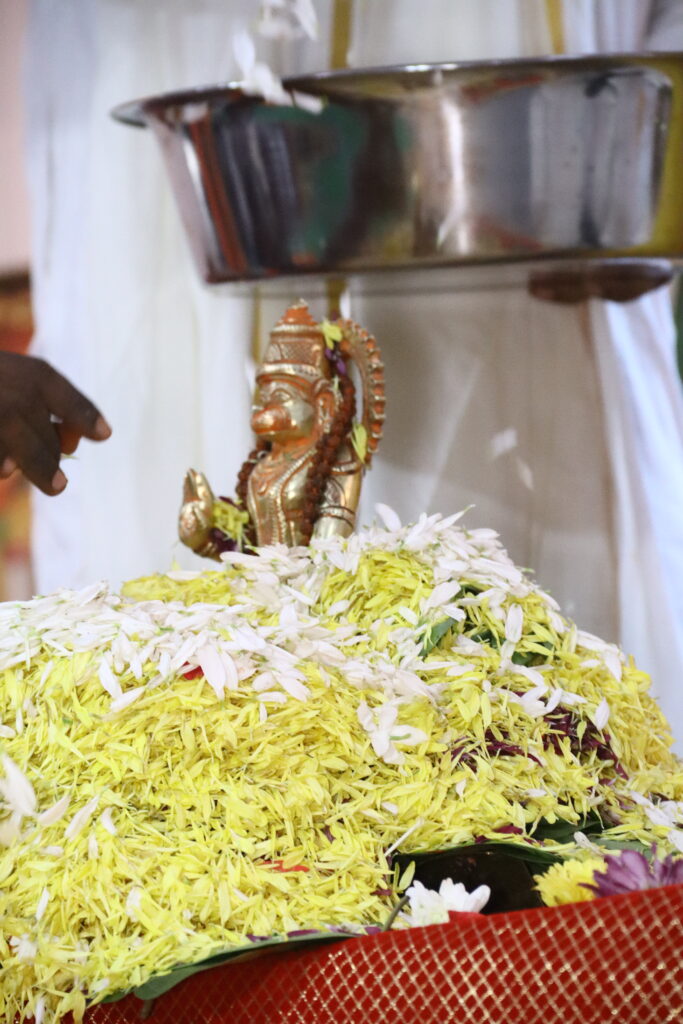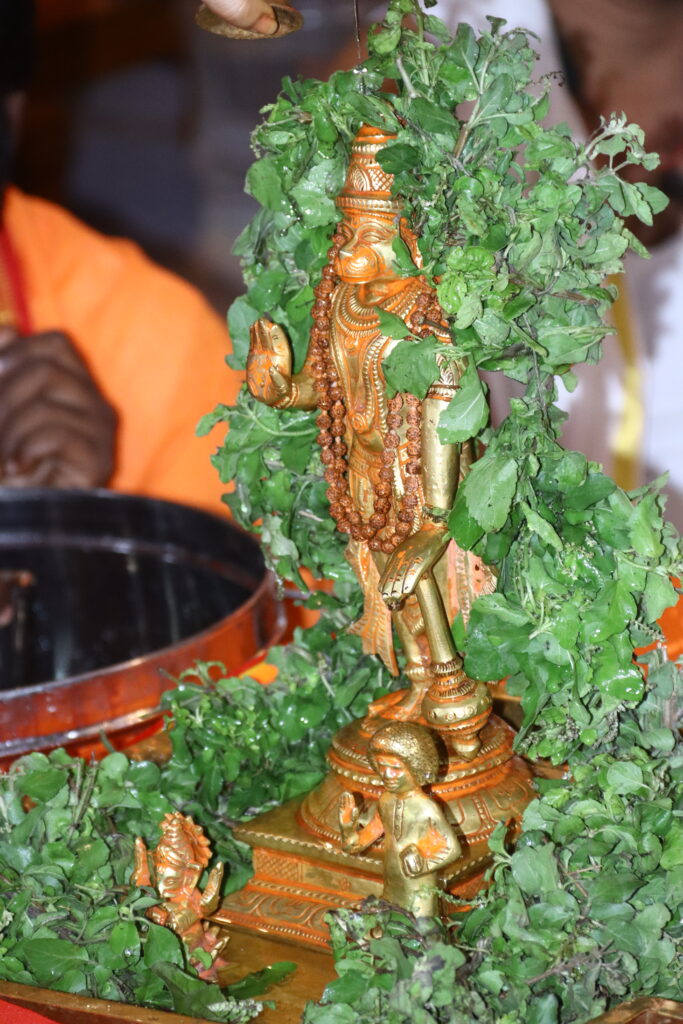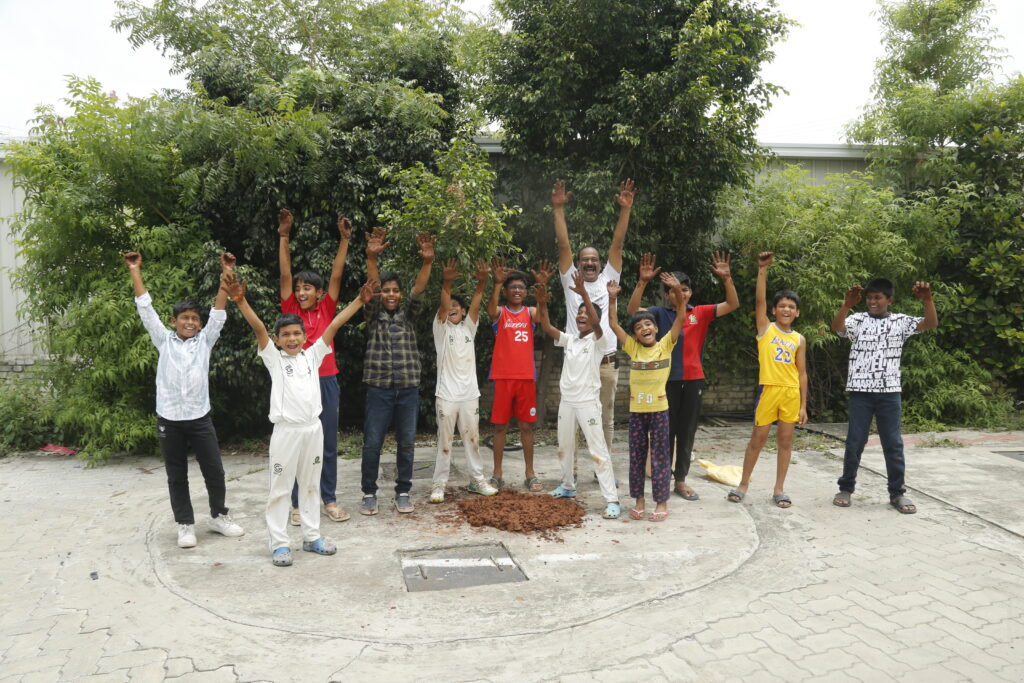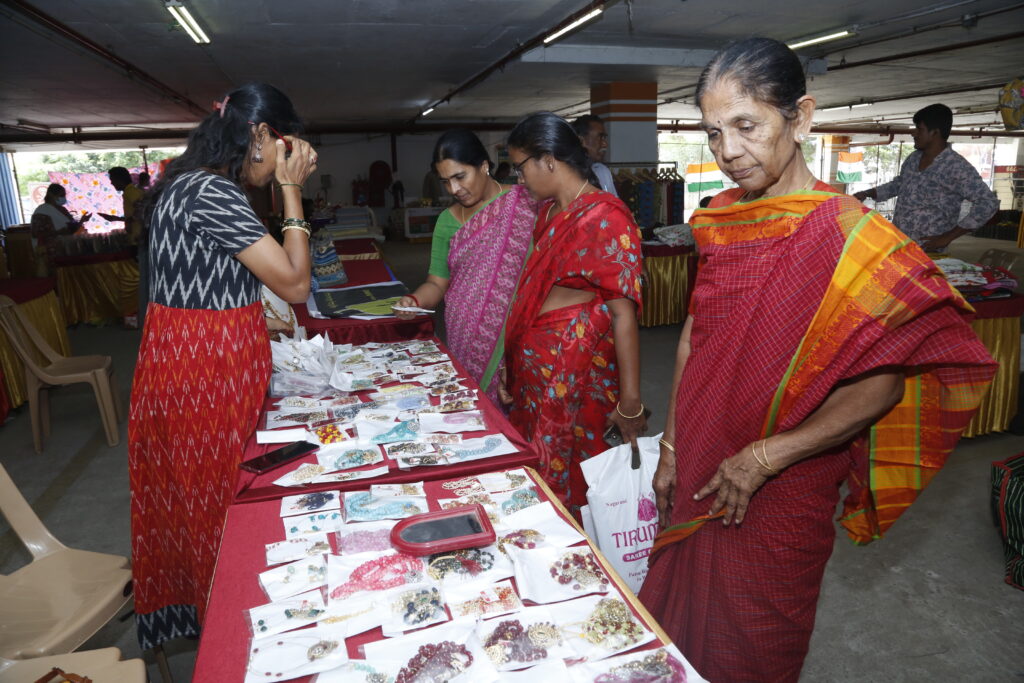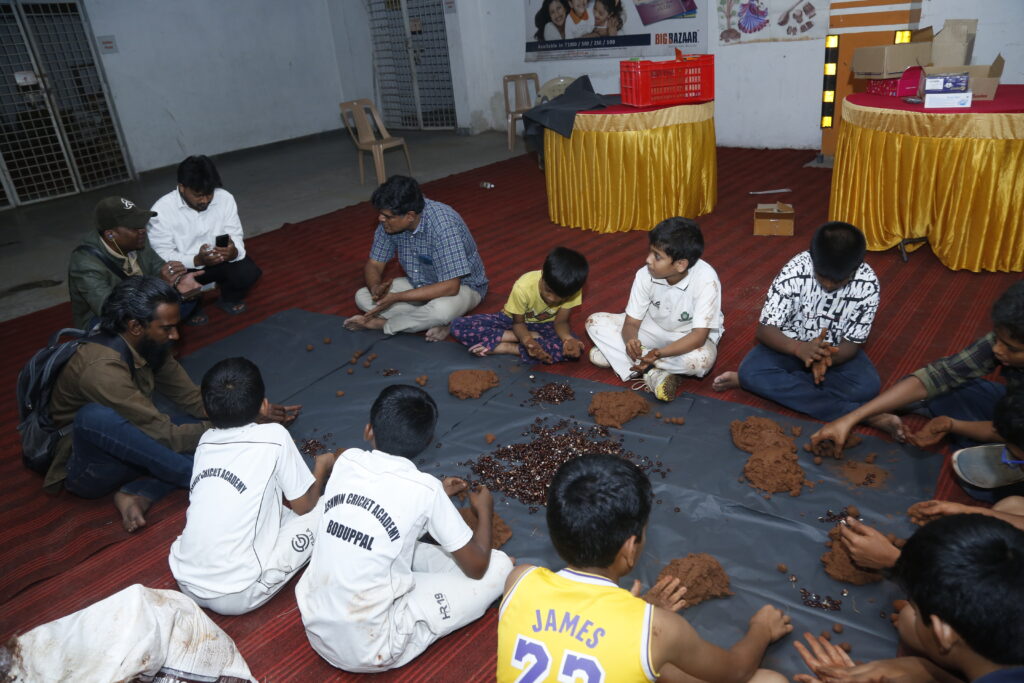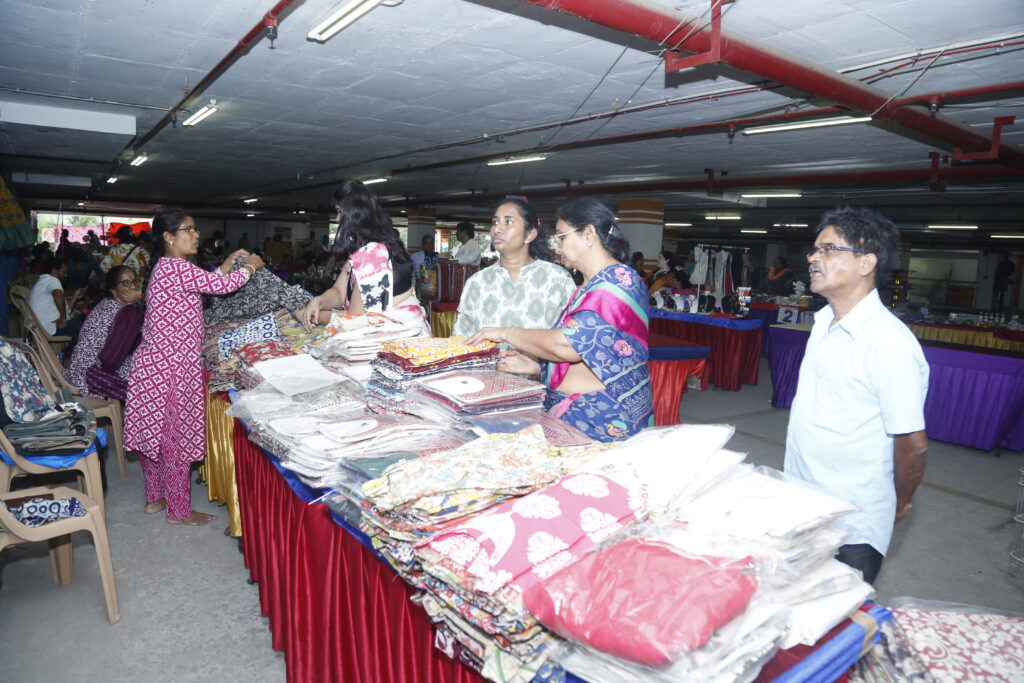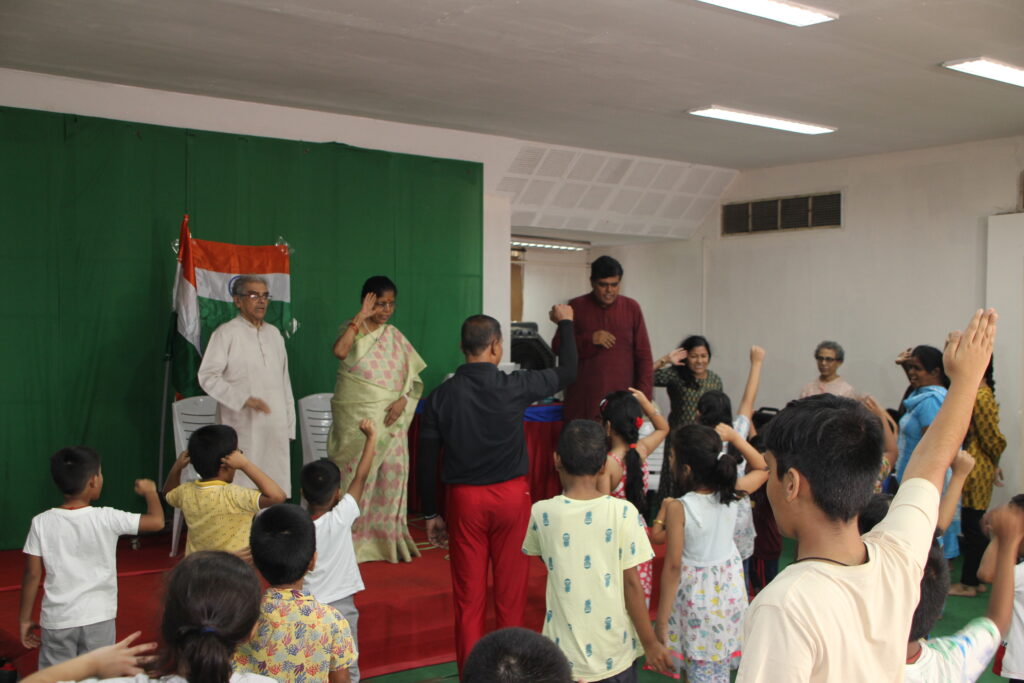Veteran Actor Kota Srinivasa Rao Passes Away
Hyderabad, July 13, 2025 – Renowned veteran actor Kota Srinivasa Rao passed away early Sunday morning at the age of 83, following a prolonged illness. He breathed his last at his residence in Filmnagar, Hyderabad, after battling age-related health complications over the past few weeks.
Kota Srinivasa Rao was a towering figure in Indian cinema, particularly in the Telugu film industry. With a career spanning more than four decades, he acted in over 750 films across Telugu, Tamil, Malayalam, and Kannada languages. Known for his distinctive voice, commanding screen presence, and mastery over dialects, Kota seamlessly portrayed a wide range of roles, from villains and comedians to strong supporting characters.
Born on July 10, 1942, in Kanakipadu, Krishna district of Andhra Pradesh, Kota began his journey as a stage actor before making his film debut in 1978 with Pranam Khareedu, which also starred a young Chiranjeevi. Initially known for character and comic roles, he rose to prominence as a formidable villain with the 1985 film Pratighatana. His performance was widely appreciated, and he was soon recognized as an actor who redefined the antagonist role in Telugu cinema.
Some of his most memorable films include:
- Aha! Naa Pellanta
- Yamudiki Mogudu
- Khaidi No. 786
- Shiva
- Bobbili Raja
- Yamaleela
- Santosham
- Bommarillu
- Athadu
- Race Gurram
Kota was also known for his successful on-screen partnership with comedian Babu Mohan. The duo featured together in about 60 films, and their combination was often seen as a guarantee of box office success in the 1990s.
Beyond cinema, Kota had a brief but impactful political career. He served as a Member of the Legislative Assembly (MLA) from Vijayawada East constituency representing the Bharatiya Janata Party (BJP) from 1999 to 2004.
In recognition of his immense contribution to Indian cinema, he was awarded the Padma Shri in 2015, along with several Nandi Awards from the Government of Andhra Pradesh.
Tragedy struck his personal life in 2010 when his only son, Kota Venkata Anjaneya Prasad, died in a road accident in Hyderabad. He is survived by his wife and two daughters.
News of his passing has triggered an outpouring of grief from the film fraternity, political leaders, and fans across Andhra Pradesh and Telangana. Tributes continue to pour in, celebrating his illustrious career and unmatched legacy in Indian cinema.
Kota Srinivasa Rao will forever be remembered as a versatile performer, a master of dialogue delivery, and a pillar of South Indian cinema.
May his soul rest in peace.

